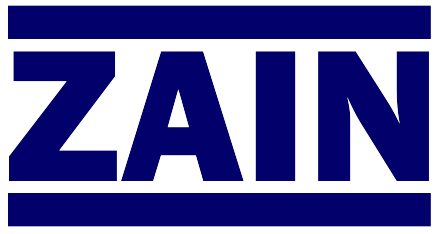Scale-up of Fluid Mixers
Author:
James Y. Oldshue
The paper discusses the principles and challenges of scaling up fluid mixers from pilot to full-scale industrial systems, emphasizing the effects of geometric and dynamic similarity on process performance. It compares various scale-up parameters such as power per unit volume, impeller speed, and pumping capacity, explaining how each influences blending, mass transfer, and shear rates. Through practical examples and correlations, Oldshue highlights that effective scale-up requires balancing these interrelated variables rather than maintaining any single one constant.
Key Learnings
- Successful scale-up of fluid mixers requires maintaining both geometric and dynamic similarity to achieve consistent process performance.
- No single parameter—such as power per unit volume or impeller speed—can be held constant for all systems; the optimal scale-up depends on process goals and fluid characteristics.
- Mixing intensity and flow patterns are governed by dimensionless numbers like the Reynolds, Froude, and Weber numbers, which must be properly correlated between scales.
- Mass transfer, heat transfer, and blending efficiency vary significantly with impeller design, speed, and tank geometry.
- Turbulence, shear rate, and flocculation behavior must be balanced to prevent damage to sensitive materials while maintaining adequate mixing.
- Experimental data and pilot plant studies are essential for validating scale-up correlations and ensuring reliable industrial performance.
- Process optimization often involves trade-offs between mixing time, energy consumption, and product quality.
- Effective scale-up methodology enables engineers to design mixers that meet process requirements across different production volumes.
If you can’t see the PDF, click "Open in new tab".

